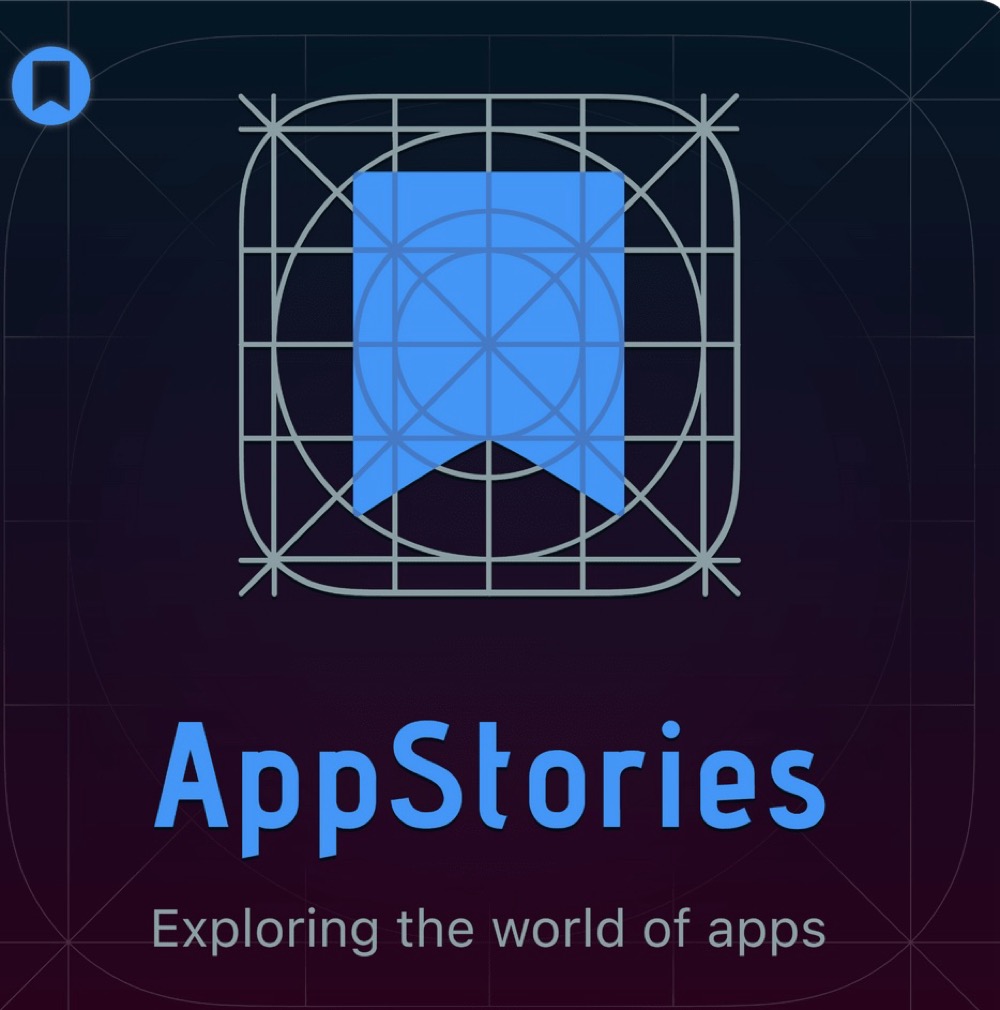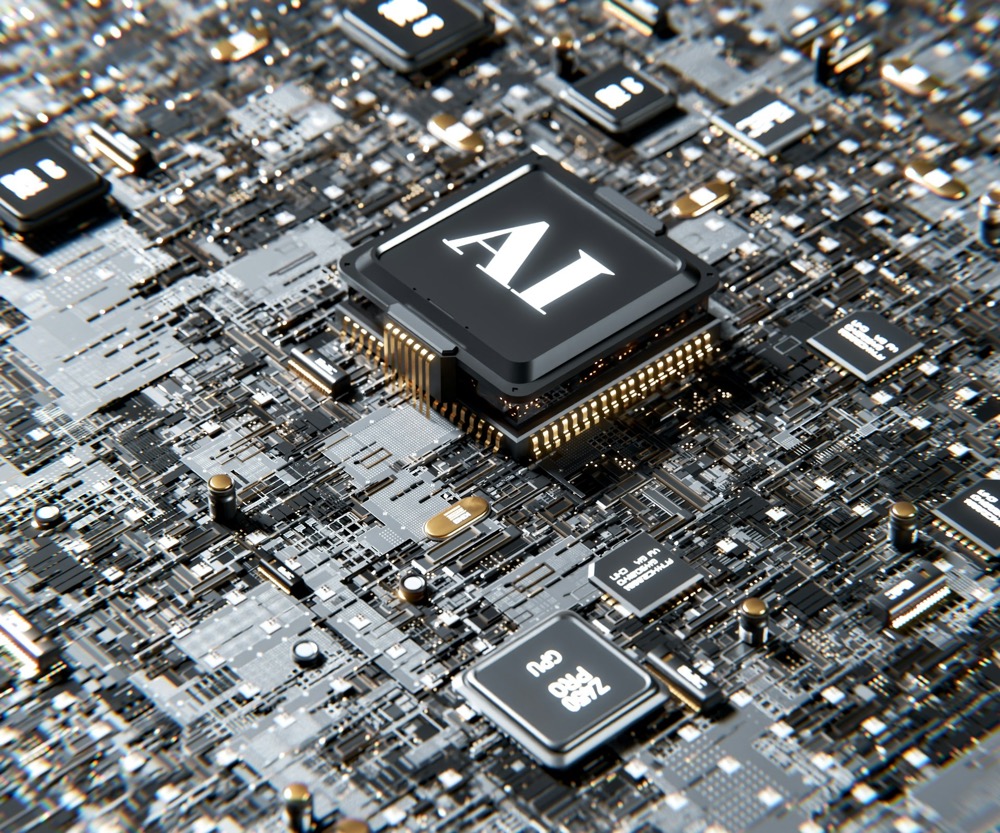The hosts were opposed to the use of Generative AI, while they found incredible value in Assistive AI. Let’s discuss the differences.
One definition of Generative AI describes it this way:
Generative AI refers to artificial intelligence systems that can create new content by learning patterns from existing data and generating novel outputs that maintain the statistical properties and characteristics of the training data while being original and unique. These systems use complex neural networks and machine learning algorithms to understand and replicate patterns in various forms of data, including text, images, audio, video, and code.
This is certainly a mouthful. What does this mean? In short, it has to do with generating content like text or images, even audio and video. In a ministry context, this sort of AI might be used to write sermons or articles. The hosts of my podcast felt that this sort of AI is unethical or immoral as it artificially creates content. As we considered in previous blog entries, we need to be careful not to allow a computer to replace our human creativity. We understand that we are made in God’s image, are empowered by the Holy Spirit, and serve as God’s agents in our ministry context. We must bring our full selves to our creative tasks.
In short, we must be careful to resist Generative AI that replaces our God-given tasks of creating and expressing God’s truth to our congregations.
But what about Assistive AI? One source defines it this way:
Assistive AI refers to artificial intelligence systems designed to augment and enhance human capabilities rather than replace them. These systems work alongside humans, providing support, suggestions, and automation of specific tasks while maintaining human agency and control over the final decisions and outcomes. The primary goal is to make human work more efficient, accurate, and effective through intelligent assistance.
This sounds better, right? Our humanity is preserved in this type of AI. So what kinds of ministry work might fall into this category? As I write this article, my computer offers predictive suggestions for my typing. This is a form of Assistive AI. Spell and grammar checks might also fall into this category. Perhaps we could learn to write computer code to automate specific tasks. Assistive AI might help us write accurate and efficient code. We could delve a little deeper to have AI analyze data or even summarize large amounts of information.
So what are the key characteristics of Assistive AI? First of all, it works alongside human input, enhancing rather than replacing our human work. Secondly, this sort of AI maintains human control along the way.
As we have discussed the value of using AI to maintain work-life balance, it is important to understand the difference between Generative and Assistive AI. I would encourage you to take a few minutes to listen to this short podcast to guide you in your discernment of AI.
I have found great value in utilizing AI in ministry. But at the same time, I find some uses inappropriate for our work as pastors. Let’s keep discussing how we might make good use of this technology without sacrificing our humanity and Holy Spirit-empowered work.





